Steph W. from SEOPressor


...help you check your website and tell you exactly how to rank higher?


82
score %
SEO Score

Found us from search engine?
We rank high, you can too.
SEOPressor helps you to optimize your on-page SEO for higher & improved search ranking.
By vivian on July 6, 2015
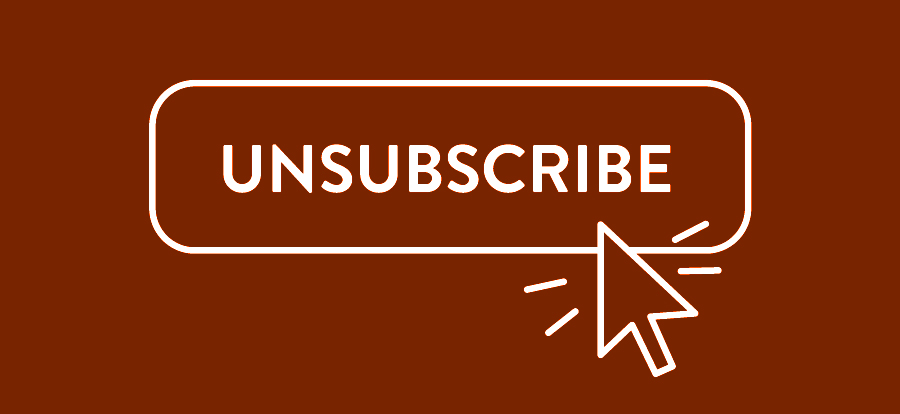
Email marketing remains one of the most popular and effective online marketing channels for businesses today. However, it is not easy to build an email list if you are constantly losing subscribers.
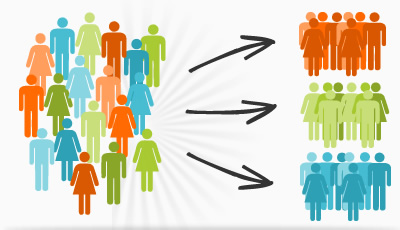
The problem with sending out generic emails that try to appeal to everyone on your list is that you wind up being so vague and unfocused that the emails appeal to no one. Then you will start to see unsubscribes.
If you divide up your list into specific groups, then you can send targeted messages to each of your groups. This is called segmentation.
For example, if you are a clothing retailer, you might send different emails to men and women. If you’re an industrial manufacturer, you might target engineers with one newsletter and buyers with another.
If you are using lead nurturing software, you can track subscriber’s on-page and off-page behavior. You can then identify people who are just kicking the tires and those who are ready to buy based on their behaviors. This allows you to target specific emails to each of these groups.
Think about it: are you more likely to continue your subscription to an email newsletter that delivers timely information that is targeted to your needs or one that takes a generic shotgun approach?
Segmenting your list is a good way to reduce email unsubscribe rate.
But don’t just take my word for it, here are some actual numbers based on a research that Lyris have conducted:
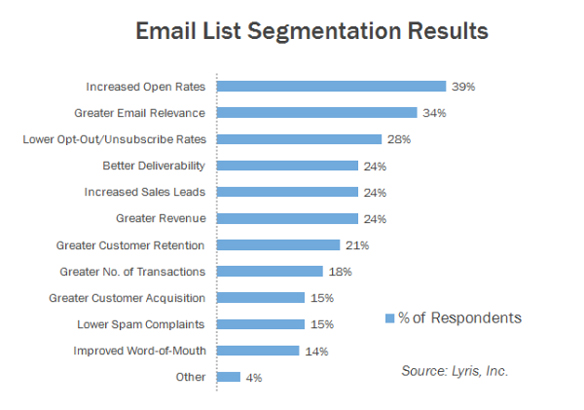
The Lyris Annual Email Optimizer Report shows that emails that are segmented performed better compared to untargeted ones. When marketers were asked what are the top three takeaways from segmenting their email lists, they answered:
Higher open rates (39%); Lower unsubscribe rates (28%); Better deliverability, and greater revenue (24%).
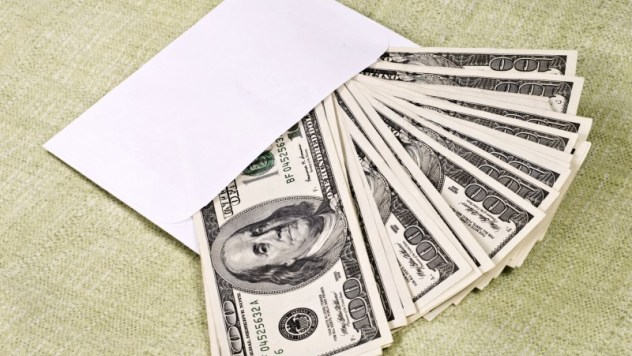
If your email constantly rehash well-known information, then people are going to stop reading and eventually unsubscribe.
So the best way to keep your subscribers subscribed is to deliver high-quality, unique content. Make sure your content is worth reading and make sure it is good enough that people are willing to pay for it.
For consumers, valuable content can come in the form of helpful advices, how-to articles, list articles, infographics, or even offers and discount vouchers.
In B2B marketing, you want to provide insider insights into the field that help your prospects solve important problems. Providing this kind of value will keep people reading and looking forward to your emails.
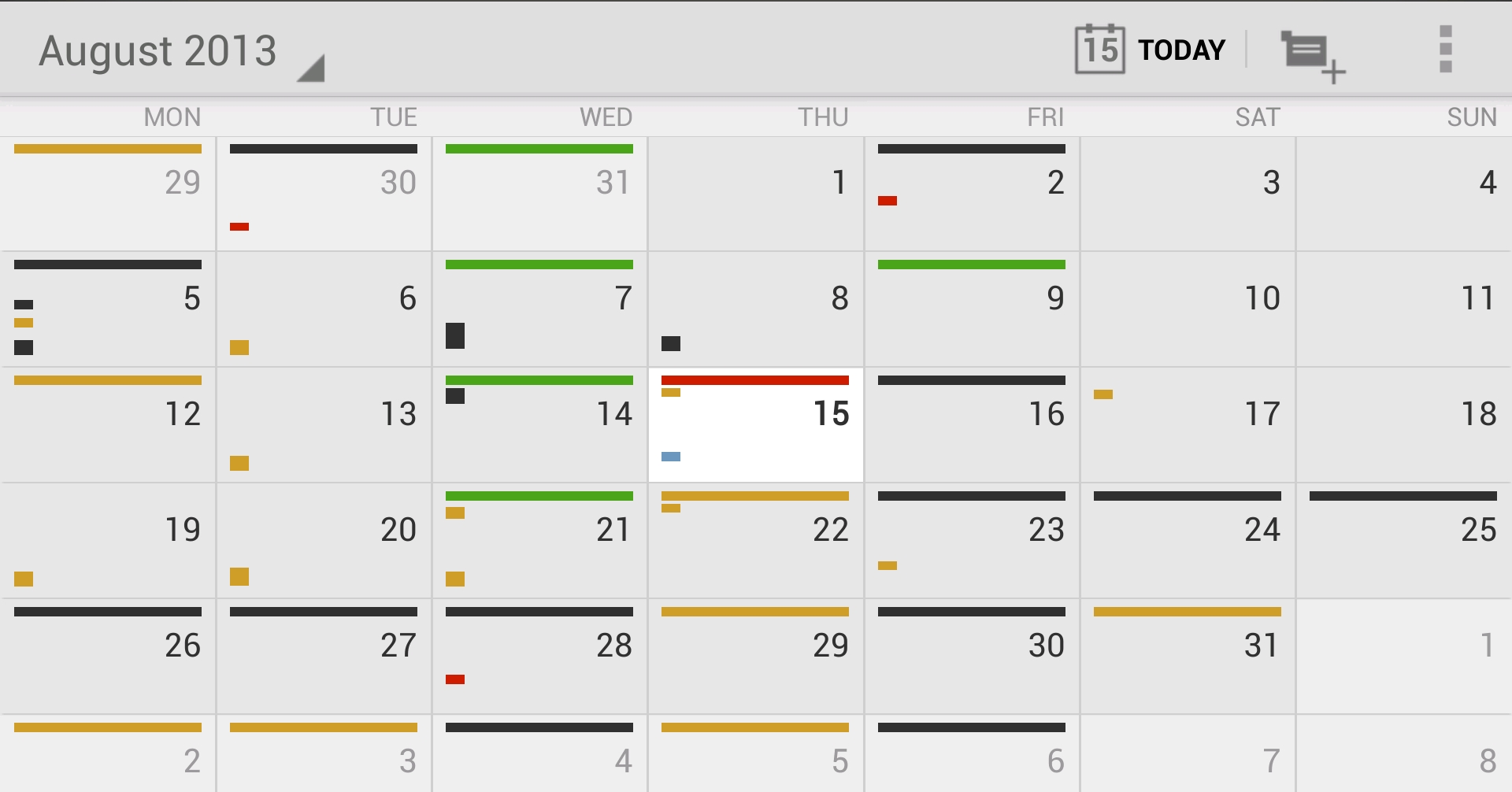
There are so many ways to annoy your subscribers. Maybe you are sending out emails too frequently with no real pattern. Maybe, your emails seem random with a few this week but then none for a few weeks. These kind of erratic behavior give people a reason to unsubscribe.
You can reduce email unsubscribe rate by being more consistent with your posting frequency.
The key is to determine what frequency is best for your business and your audience. Then keep to a consistent schedule.
Your audience will be happiest if you set the exception clearly and then follow through. If your subscribers are signing up for daily updates, then you need to deliver a daily email. On the other hand, if you tell your subscribers to expect a weekly digest, then you need to send a weekly email.
To determine your ideal frequency, you may need to do some testing with your audience.
You can send weekly emails to one segment and bi-weekly emails to another segment to see if the open rates are different. You also have to consider how feasible the schedule is for you. If you promise daily updates, but don’t have time to put these together, then you should probably be promising weekly email updates.
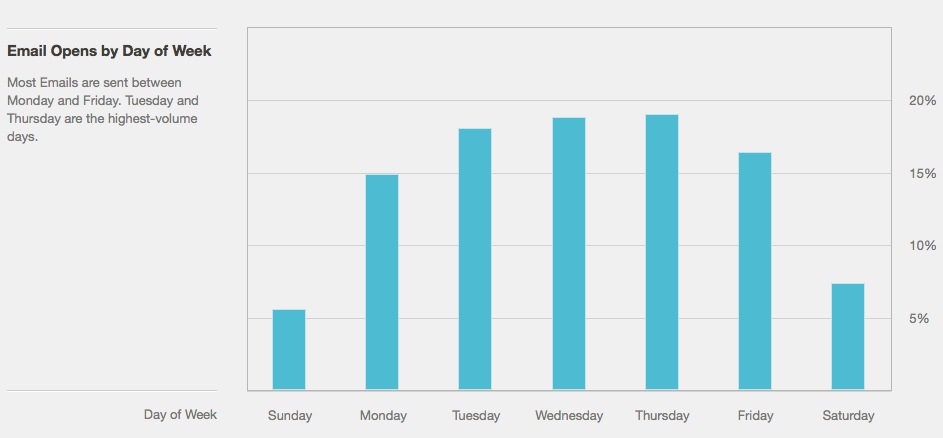
Which day should you broadcast your email?
WordStream did a research last year to study the open rate of emails based on the day of week. Interestingly, they found that mid-week has the best open rates while weekend has the worst.
When is it time to publish your email? The answer would be in the morning.
That’s because this is the time people get to work and check their emails. You don’t want to send it too early and get your email pushed to the bottom your reader’s inbox, and you definitely don’t want to send it too late because people are getting tired and ready to call it a day.
If your emails aren’t optimize for mobile users, you are losing out a big chunk of traffic to your page because these users won’t be bothered to click in.
And if you think that mobile users are only a small portion of your readers, well, think again. Recent studies have shown that almost half of the emails are opened on mobile devices and almost 70% of mobile users delete mails that aren’t optimized.
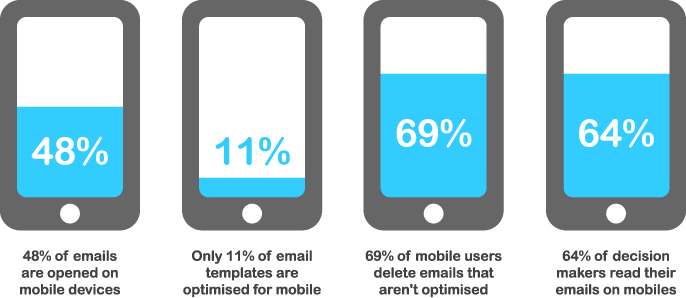
If that’s not enough reason to optimize your emails, Google highlighted the potential amount of mobile users in the future, and predicts that the next billion users will be connected to the internet through mobile devices.
So, for whatever reasons you aren’t optimizing for mobile yet, it’s probably worth overcoming it for all your existing and future potential mobile users .
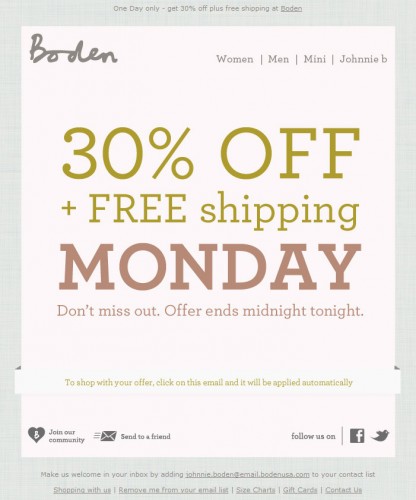
People like to get a deal. If they know that your emails may save them some money, then that is incentive to open them.
You might offer a discount or a free gift. You could even have a contest. An attractive offer will often lead to immediate conversions to purchases as well.
You don’t want to overdo it with special deals.
This ruins the value of your product or service. But a good offer can help get people to make a purchase and keep them as subscribers.
Studies show that the more you repeat your brand name, the more people are likely to continue to open and read your emails.
You definitely want your brand name to appear as the sender of the email. But you should also repeat your brand name in the subject line and then again in the body of the email. This repetition engenders trust with your audience.

Whatever name you are using to send your emails, do not change it.
Make sure it appears the same way throughout the email and in all your emails. If you change your initials or the way you state your name, people may question the authenticity of the email.
Variety is the spice of life. If your audience feels like they know what they are going to get when the open your email, then they might just skip it.
But if your emails contain some surprises, then people might open it just to see what is coming this time. So don’t always send out the same thing until it gets too predictable. Try integrating elements such as graphics, memes, videos, infographics and other media into your emails.
Your email unsubscribe rate is an important metric to pay attention to for email marketing. You want to take steps to keep your subscribers and reduce email unsubscribe rate. But your unsubscribe rate is never going to go to zero. There will always be people who are on your list that unsubscribe.
They are probably not in your target audience and are just realizing it. When these folks unsubscribe, it is a good thing.
So don’t take every unsubscribe personally.
Instead of focusing on how to please these unsubscribers, focus on providing real value for your subscribers. As long as you can do that, your email list will grow faster than it can bleed.
Email marketing is a great way to stay in touch with your prospects and customers. The key is to interact with your subscribers in the right way so that they continue to value the relationship.
Focus on building the relationship with your email list and just provide value, because this will definitely reduce your email unsubscribe rate. Next, check out these proven tips on how to expand your email list.
Related Links:
[This blog post was originally written and published by Zhi Yuan on July 6, 2015. It is most recently updated by Vivian on September 24, 2020]
Updated: 22 December 2025


Save thousands of dollars (it’s 100x cheaper)

Zero risk of Google penalty (it’s Google-approved)

Boost your rankings (proven by case studies)
Rank High With This Link Strategy
Precise, Simplified, Fast Internal Linking.
